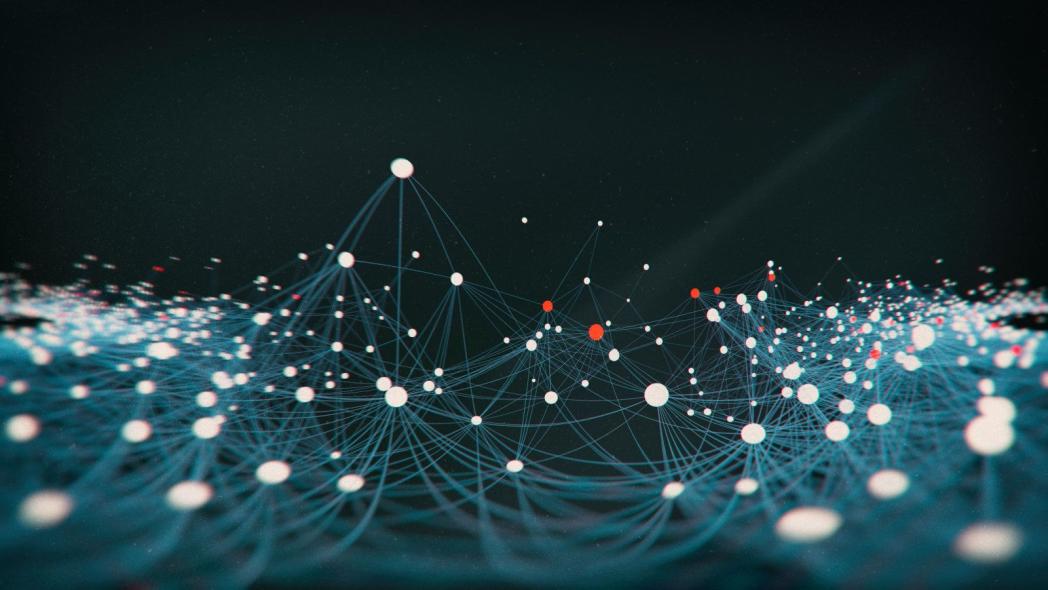Can Computer Vision Neural Networks Revolutionize the Way We See the World?
Computer vision neural networks (CVNNs) are a type of artificial intelligence that can be trained to identify and classify objects in images and videos. They are used in a wide variety of applications, from medical imaging to autonomous vehicles to security and surveillance.

Key Applications Of CVNNs
CVNNs are having a major impact on a wide range of industries and applications, including:
- Medical Imaging: CVNNs are being used to develop new tools for early detection and diagnosis of diseases, such as cancer and heart disease. They can also be used to monitor patients' health conditions in real time and to personalize treatment plans.
- Autonomous Vehicles: CVNNs are essential for the development of self-driving cars. They enable vehicles to detect and recognize objects in their environment, such as other cars, pedestrians, and traffic signs. CVNNs also help vehicles to avoid obstacles and to navigate safely.
- Retail and E-commerce: CVNNs are used in retail and e-commerce to identify and classify products, to recommend products to customers, and to detect fraud.
- Security and Surveillance: CVNNs are used in security and surveillance systems to identify and track people and objects, to detect suspicious activity, and to prevent crime.
Benefits And Advantages Of CVNNs
CVNNs offer a number of benefits and advantages over traditional image processing techniques, including:
- Accuracy and Precision: CVNNs can achieve very high levels of accuracy and precision in image analysis tasks.
- Efficiency and Speed: CVNNs can process large volumes of image data quickly and efficiently.
- Adaptability and Flexibility: CVNNs can be trained on different datasets and can be adapted to new scenarios.
Challenges And Limitations Of CVNNs
Despite their many advantages, CVNNs also face a number of challenges and limitations, including:
- Data Quality and Availability: The performance of CVNNs depends on the quality and quantity of the training data. Lack of sufficient or diverse data can limit the accuracy and generalization ability of CVNNs.
- Bias and Fairness: CVNNs can inherit biases from the training data, leading to unfair or discriminatory outcomes. Mitigating bias and ensuring fairness in CVNNs is an ongoing challenge.
- Interpretability and Explainability: CVNNs can be complex and difficult to interpret. Understanding how CVNNs make decisions and providing explanations for their predictions is crucial for trust and reliability.
Future Prospects And Opportunities
The future of CVNNs is bright. Researchers are working to address the challenges and limitations of CVNNs, and new applications for CVNNs are being developed all the time. CVNNs have the potential to transform a wide range of industries and aspects of our lives.
- Integration with Other Technologies: CVNNs can be combined with other technologies, such as IoT, edge computing, and 5G, to create powerful solutions. CVNNs can enhance the capabilities of autonomous systems, robotics, and smart cities.
- Healthcare Advancements: CVNNs can contribute to personalized medicine, early disease detection, and remote patient monitoring. They can revolutionize healthcare delivery and improve patient outcomes.
- Environmental Sustainability: CVNNs can be used for environmental monitoring, natural resource management, and climate change analysis. They can help us better understand and protect our planet.

CVNNs are a powerful tool that has the potential to revolutionize the way we see the world. They are already being used in a wide range of applications, and their potential is only limited by our imagination.
YesNo

Leave a Reply